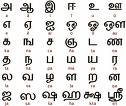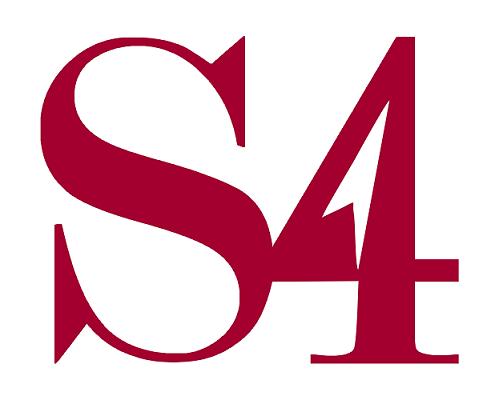Contribute
| Tamil Language And Literature |
C. Gopinath
11/24/2008
Dr. Uma Nellaiappan gave a talk titled ‘Tamil language and literature’ on November 8, 2008. This was in the continuing series on Indian languages and literature hosted by the Outreach Program of Harvard’s Department of Sanskrit and Indian Studies. Dr. Nellaiappan, who has a Ph.D in Tamil from the University of Madras has been associated with Shishubharati for 14 years and lives in Lexington.
Dr. Nellaiappan traced the origins of the language from early inscriptions dating about 500 BC to modern times. About 70 million people in India, Sri Lanka, Malaysia, Singapore, Vietnam, Canada, USA, UK and Australia presently speak the Tamil language. Tamil Dravidian culture is traced back to Harappa culture. She explained the origin of Tamil scripts and it’s relationship to Brahmi script and vatteluthu script.
Tamil literature is classified into five periods: Sangam period (100 BC to 300 AD), Post-Sangam period (300 BC to 600 CE), Bhakti Period (600 BC to 1200 CE), Medieval period (1200 to 1800 CE), and the Modern period (from 1800 CE to the present).
Dr. Nellaiappan explained in detail select examples of literature to give a flavor of its depth, versatility, scope of issues covered. These included the Tholkapiam which deals with Tamil grammar and among other things, with human emotions; Thirukkural was significant in that it began with an invocation to the Absolute Being and not to any particular deity, establishing it as a secular piece of literature on various moral themes; and the Silappathikaram which stressed the need to lead life by righteous principles. Important works in the Bhakti period include the Ramayanam by Kambar and Sekkizhar’s Periya Puranam. Subramanya Bharati’s nationalist themes illustrated the modern period.
The Tamil language has been assiduously supported and propagated by the rulers of various eras such as the cheras, the cholas and the pandyas. Inrelating the language to the themes of various eras, Dr. Nellaiappan pointed out the changes in the meaning ascribed to words. For instance, in the Samgam period, the word ‘kovil’ referred to the king’s palace (showing the importance of the king) and ‘aalayam’ referred to the temple. However, as the stress and the role of the king changed, the word ‘kovil’ came to be used for a temple in 600-900 AD. She also pointed out phrases from different literatures that reflected the society of those times and what was considered important. She also explained the significance of Christian and Islamic literature in Tamil and contributions of Europeans on Tamil literature.
Dr. Nellaippan’s depth of knowledge and passion for her subject was displayed in her ability to compress a vast amount of information in the limited time and yet convey the beauty and richness of the Tamil language. She illustrated her talk with excerpts from a film to show the difference between literary and colloquial Tamil, and also sang pieces of poetry to reveal its tonal quality. Mr. Ilango Chinnaswamy who also rendered some of the Tamil writings assisted her in her talk.
You may also access this article through our web-site http://www.lokvani.com/

